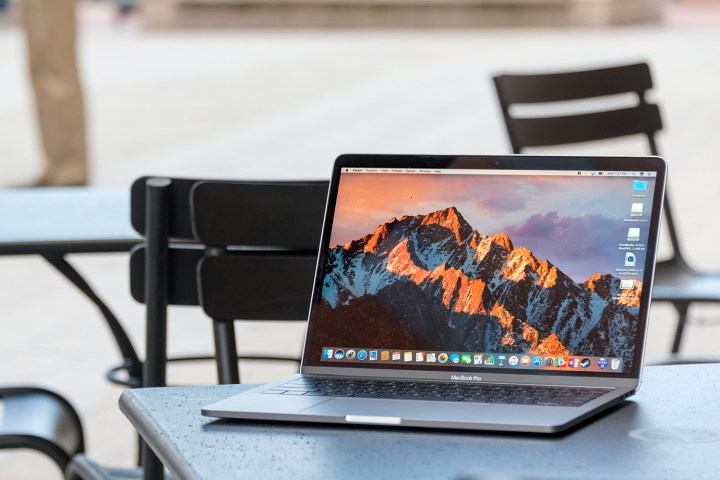
The update comes hot on the heels of complaints from across Apple’s user base that the new MacBook Pros can’t keep up with the lofty battery life estimates promised by Cupertino. We’ve known from reviewing so many systems over the years that laptops almost never reach those estimated goals, even under a mixed load. Poor results also came as no surprise to us — Apple cut the batteries in the new MacBook Pros down by half in the 15-inch version, and by a third in the smaller 13-inch model.
So in a sense, Apple’s move to remove the battery life estimates is one the company can claim was done to prevent confusion. Unfortunately, that’s not how it’s going to look to a lot of users. Estimated remaining time is a clutch feature for a lot of Apple users, even though it apparently wasn’t working well.
It’s also a good way to easily disguise the system’s middling battery life. If you don’t show a user that there’s only four hours left when the system is fully charged, they’re less likely to complain when it doesn’t quite last as long as they hoped.
Of course, it isn’t all bad. Apple has also taken the time to include the new wallpapers from the MacBook Pro launch marketing materials. There are also new emojis to match those found in the most recent versions of iOS and WatchOS. Whether that’s enough to ameliorate the crowds of people wondering how much longer before they need to find an outlet remains to be seen.
Editors' Recommendations
- Why Samsung’s answer to the MacBook Pro can’t quite compete
- These 6 tweaks take MacBooks from great to nearly perfect
- The biggest threat to the MacBook this year might come from Apple itself
- Apple quietly backtracks on the MacBook Air’s biggest issue
- The 6 best ways Macs work with your other Apple devices


